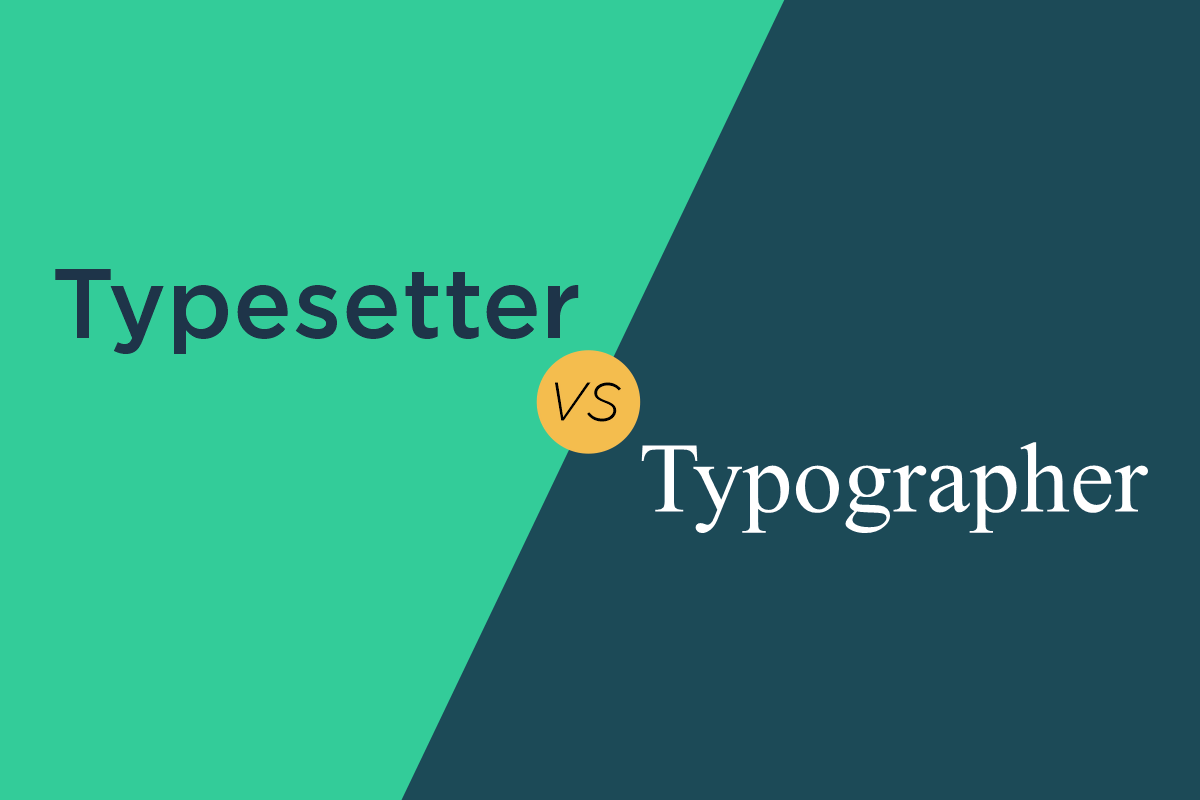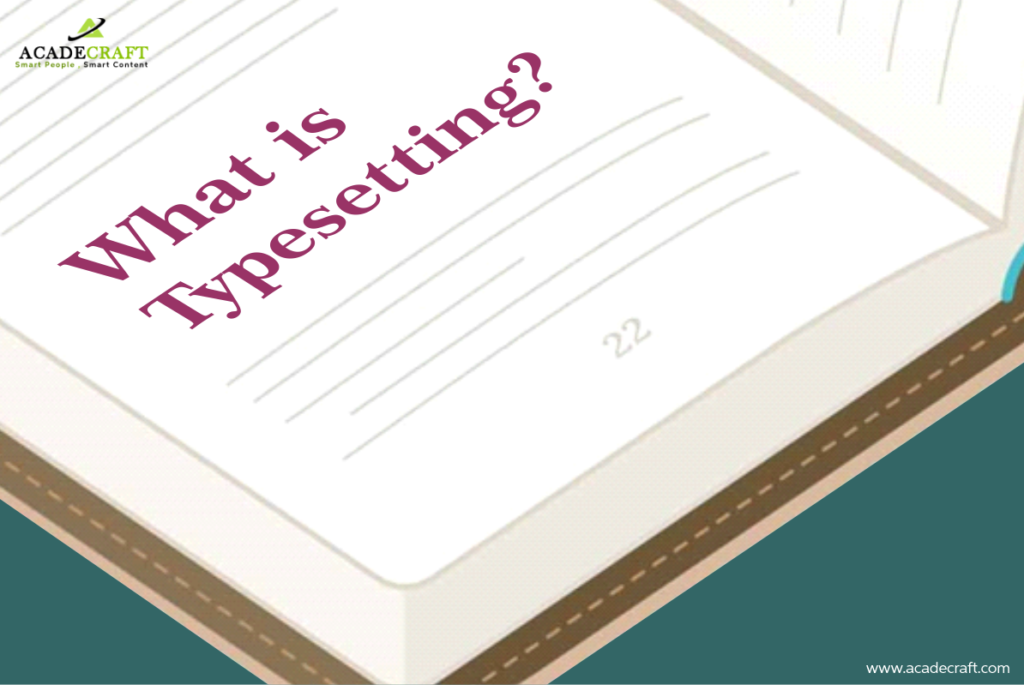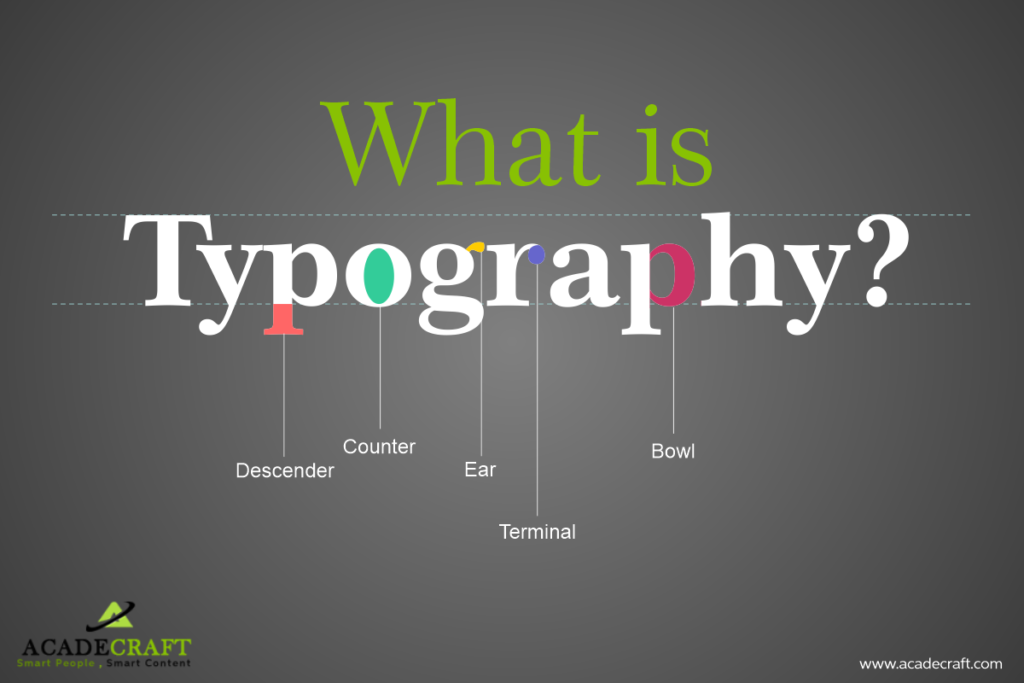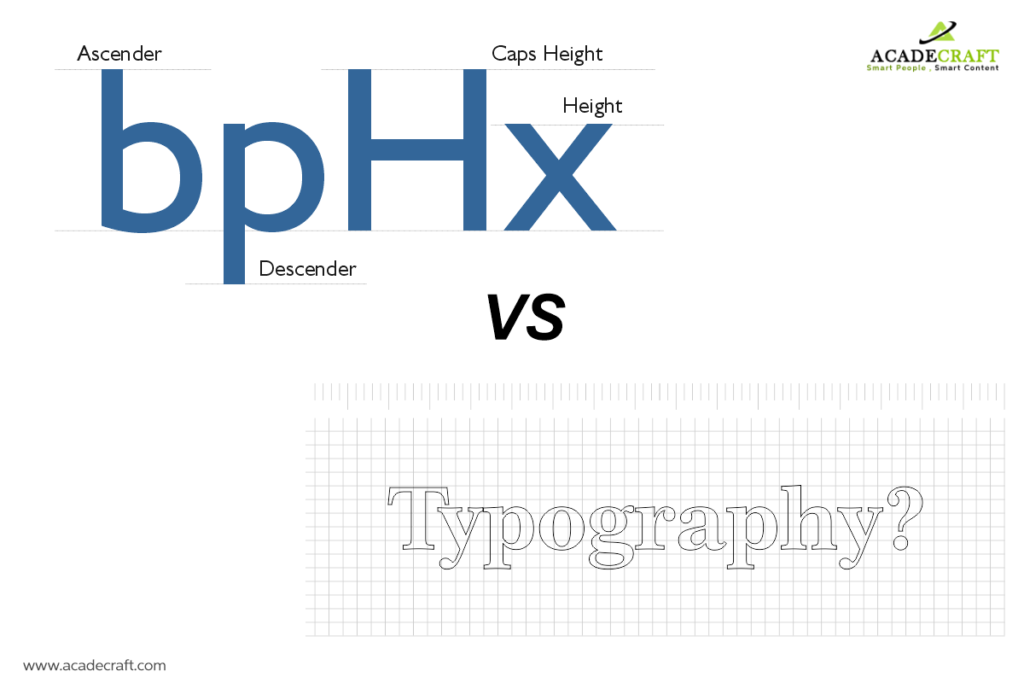
In the publication industry, the terms typesetting and typography are immensely popular. But, there are a few myths surrounding both of them. One of the biggest myths being, both these terms are the same. But in reality, they aren?t! Infact, they differ in multiple aspects.?Typesetting is the process of deciding the font, color, alignment, and format of the entire text. Professional typesetting services follow certain rules which make your book and document look professional and presentable. On the other hand, typography is the process of designing and presenting the words to make the content look attractive to readers.?
In this blog, we will take a look at both the typesetting and typography processes in detail, and then explore the major differences between the two. So, let?s begin!

When we type any word, it has a particular font, color, alignment, and presentation style. These parameters decide how our readers will read that word, that sentence, or even that entire page. For example, whenever you open a book, you must have observed that the first page of the book has sentences typed in different fonts, size, and color. Some fonts are big and bold, while some others are small.
It is actually done to influence our reading. The text in extremely small fonts are sometimes those sentences which you might skip as a reader. It is the mode by which the publishers show that these lines are here just because they are legally mandatory. It does not have any significance to the book?s content.
This entire process of deciding how a word, sentence, or paragraph will be presented to the reader is referred to as typesetting. It does not concentrate on any particular word, or design any particular alphabet. Instead, it concentrates on using the predefined formatting tools and styles in the most appropriate way, so that the reader can get the exact feeling of the text.
The professional typesetting services follow certain rules, which ensure that the correct text is presented in an appropriate way. Such expert typesetting helps the publishers in enhancing the appeal of their content. It has many other benefits as well. Let?s take a look at some of them.
Alignment and indentation plays a vital role in readability of the text. Take for example, you are given two texts. One has a single long paragraph or around 500 words, while the other one has many small paragraphs. Which one would you like to read?
In general, people love to read smaller paragraphs. Also, a properly aligned text makes reading easy for the readers. Professional types of typesetting services make sure that your text is formatted into paragraphs with proper alignment and indentation. It automatically enhances the readability of your text.
You must have noticed that when we open the font section of MS Word, Google Docs, or any other text editor, a large number of fonts appear in that list. Each of them have their own applications. For example, while Times New Roman has been traditionally used for screen-first formal long texts, monotype corsiva is used to decorate the text with some beautiful cursive form.
For any text, its font style and font size sets the tone in which the reader will perceive it. An appropriate font style and size enhances the reading experience by many folds.
A proper indexing helps the readers to find out the different sections of the text quickly. Also, indexing makes the text more arranged and presentable.
The professional typesetting services providers often use different layouts and formats for indexing. Some service providing companies even have professional indexing experts!
Typesetting enhances the impact of your images, tables, and text elements. The typesetting experts place these elements in appropriate positions. Also, they enhance the style of tables, their size, and alignment of the text inside the rows and columns, to make them look formal and appealing.

Now coming to typography. Typography is basically the art of decorating and celebrating the alphabets. The typography experts assign font style, word art, and other designing elements to each and every alphabet. That is why it is more focused on individual words and sentences.
Usually, typography makes the text extremely beautiful and appealing. It is a bit different from typesetting, because in typesetting, we usually use normal fonts. But, in typography, one can use designer fonts too!
And not only the fonts, digital typography involves adding different types of effects to the text. Accordingly, there are different types of typography too! For example, in kinetic typography, we can make the texts move, in different orientations.
Because the typography experts use different types of designer fonts, they sometimes take help of calligraphy too!
Want to know the difference between typography and calligraphy? Read here!
Businesses use typography for multiple purposes in both print and digital publishing. Let?s explore some of them.
Your brand needs a typical typography that will distinguish it from other players in the market. The typography experts prepare the brand text after considering your brand?s ideology, operations, and other characteristics. Hence, just by seeing the text, your consumers can get an idea of your brand.
Good typography influences the decision making of your consumers. If the consumers like the typography, they usually get inclined towards the brand more. Also, it generates a professional outlook for the brand.????????????????????
Good font attracts the readers. The main motive of typography is to make content attractive for the readers. Good typography compels the consumers to read the text. Hence, they gain sufficient knowledge about your brand, and it spikes your conversion rates.
Now that we have sufficient knowledge of both typesetting and typography, it is now time to dive deep into the differences between the two.?

| Typesetting | Typography |
| In typography, the text is arranged and presented according to the general rule of the language. | A typography expert arranges and designs the text in order to make it look as appealing as possible. |
| In typesetting, we use only the pre-designed font styles. In fact, there are rules for choosing the font style too! | Typography is closely associated with calligraphy. Here, we can use designer fonts if needed. |
| Its main focus is on formatting the text correctly according to rule, in proper alignment and indentation. | Its main focus is to make the texts look appealing, so that it can attract as many readers as possible. |
| It does not involve designing new styles and fonts. | It might involve designing customized fonts, if necessary. |
| In typesetting, text is kept static most of the time. | In typography, texts can be set in motion too! |
Typesetting is the process of formatting a document or a book, based on general rules of content presentation. But typography involves a bit of styling and designing the texts to make the content attractive.
Professional typesetting services providers follow all the necessary rules to deliver the best-formatted content to clients. Such content is readable, presentable, and elegant. If your company also needs professional typesetting services, then Acadecraft is here to help you out!
Our professional typesetting experts help the companies get the best of their content, every time!
Share